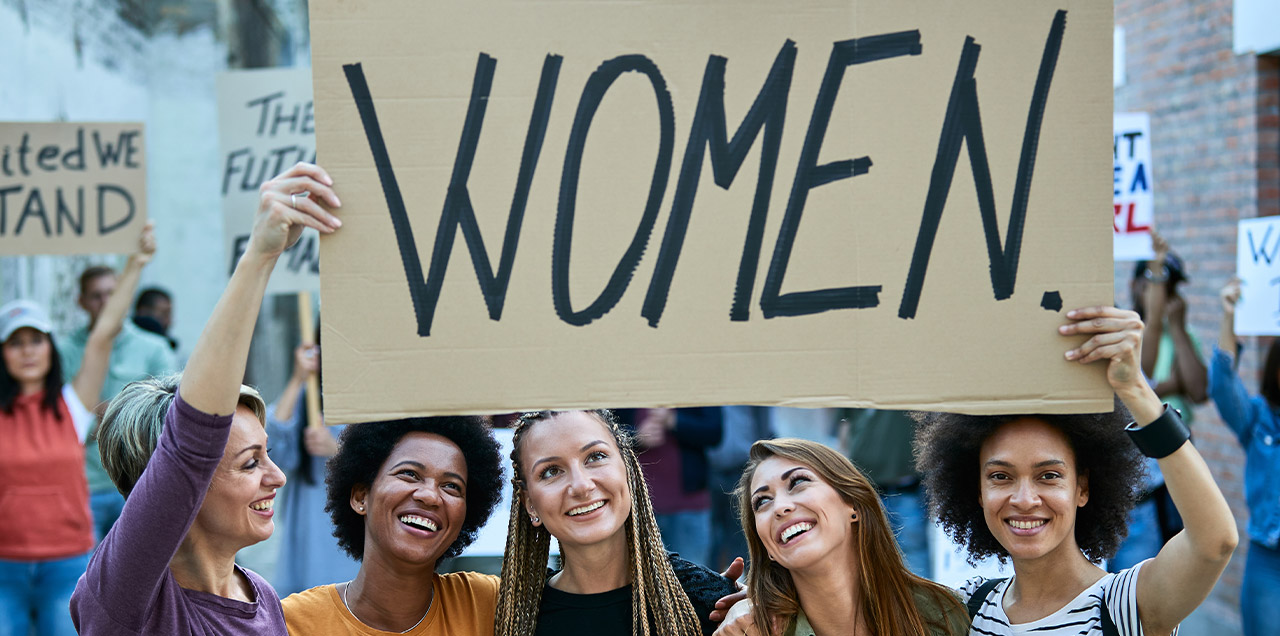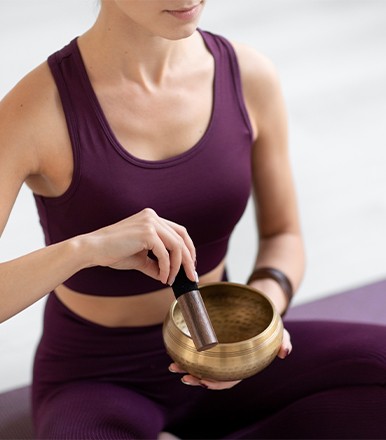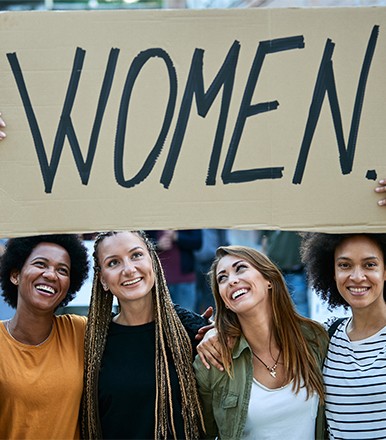Feminism is one of the most talked about -isms in modern times. Everyone knows it talks about empowering women to a level where they can match men. Or at least that is what the general conscience of today’s time is because this idea is nothing more than just a shade of what this “-ism” actually stands for.
Just like any movement in this history of humanity, Feminism also has a rich historical significance. It is believed to have begun from a single piece of work produced by Mary Wollstonecraft in 1792. Her A Vindication of the Rights of Woman was a groundbreaking work that paved the way to modern-day Feminism. However, to understand this term and its implications completely, let us dive into its 230+-year-old history, hoping we can emerge at the other end with a rather comprehensive understanding of what Feminism is.
Dawn of Feminism
Imagine living in a society with a Queen on the throne, commanding people around the nation and leading it to prosperity. When you read the above statement, it is easier to give into the idea that women and their societal life would have flourished at such times. The true situation of England is quite contrary in this case.
Yes, we are talking about Queen Victoria (1837-1901) and her famous Victorian Era in British society, considered a peaceful and prosperous time in English history. There were still some undercurrents of issues regarding the structure and balance of the society that needed addressing.
While Social Class and Child Labor are two of the most discussed, the issue of women’s place in society remained unaddressed. They were considered “Separate Spheres,” meaning a woman was regarded as a weaker sex whose world only revolved around family, motherhood, and respectability. The primary responsibilities of a woman, as defined by Victorian Society, were to love and respect her husband before everything and look after household chores.
This kind of subjugation and objectification of women gave birth to liberal Feminism. It is one of the earliest forms of Feminism that was born out of the idea of Liberalism and Progressivism. The idea behind this movement was to seek equality for men and women through political and legal reforms without radically altering the fabric of society.
This movement was fueled by the literature that was published at the same time. The most important of them all was the essay that spurred Victorian Feminism, published by John Stuart Mill and titled On the Subjection of Women.
First Wave of Feminism 1840s-1920s
All these atrocities faced by women gave birth to a spark that ignited the idea of freedom in the mind of a female rights activist, Elizabeth Cady Staton, of the USA. In 1848, she decided to rebel against the subjugation of women. Stanton adopted the Declaration of Independence style for her address to women’s issues. She claimed, “We hold these truths to be self-evident that all men and women are created equal and endowed by their creator with certain inalienable rights.” The Sentiments proclaimed, “The history of mankind is a history of repeated injuries and usurpations on the part of man towards woman.”
The Seneca Falls Convention, where three hundred women gathered to protest for women’s rights, is often credited for starting the first wave of Feminism. The goal behind this revolt was to provide women with equal opportunities as men. Their first and most prominent demand was to provide white women with voting rights, granted in 1920, by rectifying the 19th Amendment of the USA.
Second Wave of Feminism 1960s-1980s
With time, one would guess that women’s problems would be heard. That they would get a say in things that mattered to general society. However, that was not the case. Even after forty years since the amendment, women still find themselves fighting for rights like equal pay.
In the 1960s, things became more volatile, though. Gender equality has become one of the most discussed topics among women, thanks to the book Second Sex by Simone de Beauvoir, a French writer. Later, in 1963, The Feminine Mystique by Betty Friedan further fuelled the fire among women that led them to revolt against the traditional gender roles that restricted women. This led to females associating subjugation with broader issues such as patriarchy and capitalism and eventually questioned the reproductive rights of women as well.
Third Wave of Feminism 1900s-
The second wave was relatively successful for women as it saw them achieve more equality and rights. However, their fight was not over yet. Even when the previous wave might have gotten them the right to work, they were far from being treated equally in the workspace.
This mistreatment of women in the workplace and exploitation, along with sexual harassment, led to the third wave of Feminism. It was Anita Hill, an African-American Law Professor’s testimony against sexual harassment at work that prompted Alice Walker, a famous African American writer, to announce the arrival of the third wave in 1992. Walker was also the reason behind this wave being more inclusive of people of color.
The third wave is believed to be more about rebellion than reform, as it encouraged women to be more expressive of their individuality. This time, the activists were not seeking to create any fixed structures and parameters on the merits of which women should be judged; rather, they were looking to break all boundaries.
Fourth Wave: present day
In this internet and globally connected world, Feminism has found a new way of making themselves heard. Leveraging platforms such as social media, women ensure that their voices are heard. The best example is the #metoo movement that garnered much attention in 2017.
In terms of progress, women have come a long way in their fight. From being prohibited to the most basic rights such as education, they today hold important positions like CEOs in multinational companies. That doesn’t mean that their fight for equality has completely ended. There are still some segments that pose some friction, and women continue to grapple with the patriarchal hold to create a world where they are treated equally.
Hello Fitness Magazine is your go-to source for the latest trends, tips, and insights on health and wellness. From nutrition advice to workout routines, we're dedicated to helping you live your best life. Ready to embark on your journey to better health and well-being? Visit Hello Fitness Magazine today for expert advice, inspirational stories, and actionable tips to help you reach your goals. Whether you're looking to improve your diet, ramp up your fitness routine, or prioritize self-care, we've got you covered. Get started now and say hello to a happier, healthier you!














